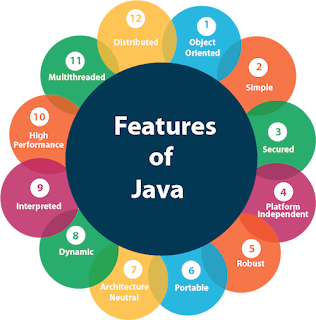Becoming a Full Stack Web Developer: Unlocking the Power of Front-End and Back-End Development
- Introduction to Full Stack Development: In the world of software development, full stack development refers to the practice of working with both the front-end and back-end components of a web application. A full-stack developer is proficient in multiple technologies and can handle all aspects of the development process, from designing the user interface to managing databases and server-side logic.
- Front-End Technologies: Dive deeper into the essential front-end technologies, such as HTML, CSS, and JavaScript. Discuss their roles in web development and provide resources for further learning.
- Back-End Technologies: Explore the key back-end technologies and frameworks used in full-stack development, such as Node.js, Ruby on Rails, or Django. Highlight their features, advantages, and use cases.
- Database Management: Discuss the importance of databases in web development and introduce popular databases like MySQL, MongoDB, or PostgreSQL. Explain how to work with databases, perform CRUD operations, and ensure data integrity.
- APIs and Web Services: Explain the concept of Application Programming Interfaces (APIs) and how they enable communication between different components of a web application. Cover topics such as RESTful APIs, JSON, and integration with third-party services.
- Version Control with Git: Introduce the fundamentals of version control using Git, including management, branching, merging, and collaborating with other developers. Highlight the significance of version control in team-based projects.
- Web Security: Explore the basics of web security, including concepts like authentication, authorization, and protection against common vulnerabilities like cross-site scripting (XSS) and SQL injection. Discuss best practices for securing web applications.
- Deployment and Hosting: Guide readers through the process of deploying a web application to a hosting environment. Discuss different hosting options, such as cloud platforms like AWS or Heroku, and provide step-by-step instructions for deployment.
- Testing and Debugging: Discuss the importance of testing and debugging in web development. Introduce popular testing frameworks like Jest or Selenium, and explain debugging techniques to identify and fix issues in web applications.
- Continuous Integration and Deployment: Introduce the concept of continuous integration and deployment (CI/CD), explaining how it streamlines the development and deployment process. Discuss tools like Jenkins or GitLab CI/CD and highlight their benefits.
- Performance Optimization: Share strategies and techniques for optimizing web application performance, including front-end optimizations like minification and bundling, server-side caching, and database query optimization.
- Responsive Design and Mobile Optimization: Explain the principles of responsive web design and how to create mobile-friendly web applications. Discuss frameworks like Bootstrap or CSS media queries that facilitate the responsive design.
- User Experience (UX) Design: Discuss the importance of UX design in web development and how to create intuitive and user-friendly interfaces. Cover topics like wireframing, prototyping, and usability testing.
- Web Accessibility: Highlight the significance of web accessibility and inclusive design. Explain how to make web applications accessible to users with disabilities, following WCAG (Web Content Accessibility Guidelines) standards.
- Emerging Trends in Full Stack Development: Explore emerging technologies, frameworks, and trends in the field of full stack development, such as serverless architecture, progressive web apps (PWAs), or microservices.


Comments
Post a Comment